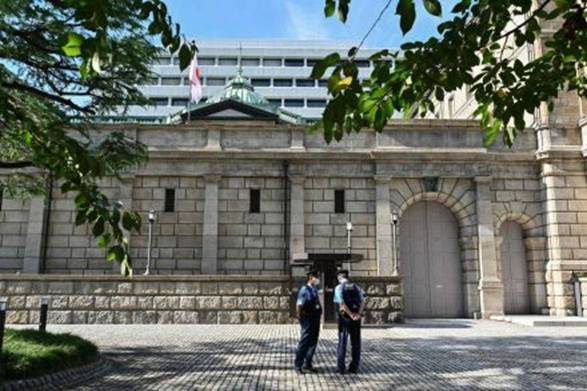Free Courses Sale ends Soon, Get It Now


Free Courses Sale ends Soon, Get It Now



Copyright infringement not intended
Context: Bank of Japan’s (BOJ) yield curve-control policy has gained some extra breathing space as longer-maturity Treasury yields dropped due to increasing concern over a global recession.
Details:
What is yield curve control, and why does it matter?
What do we learn from the Bank of Japan’s use of yield curve control?
How would YCC affect the economy?
© 2024 iasgyan. All right reserved